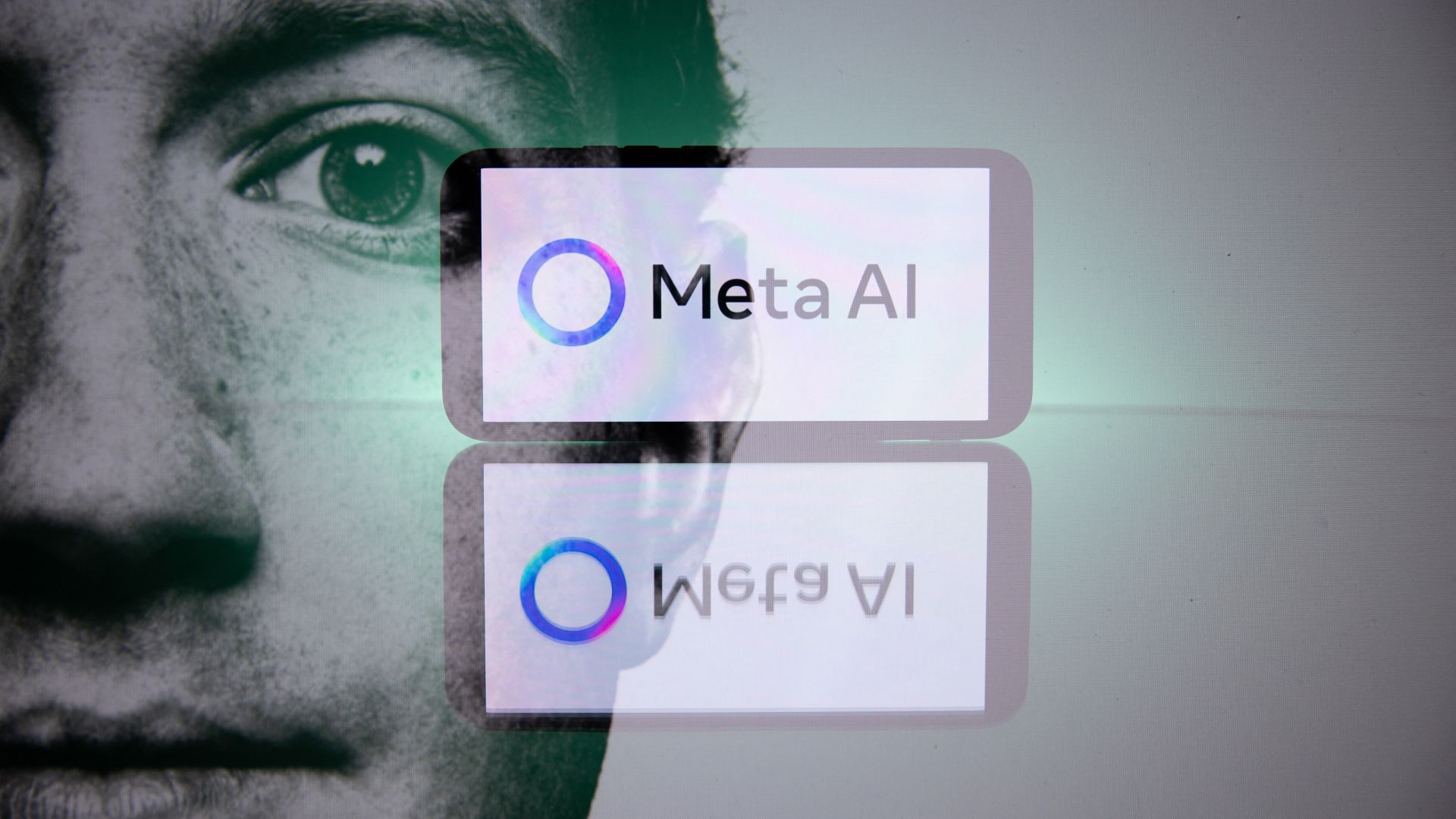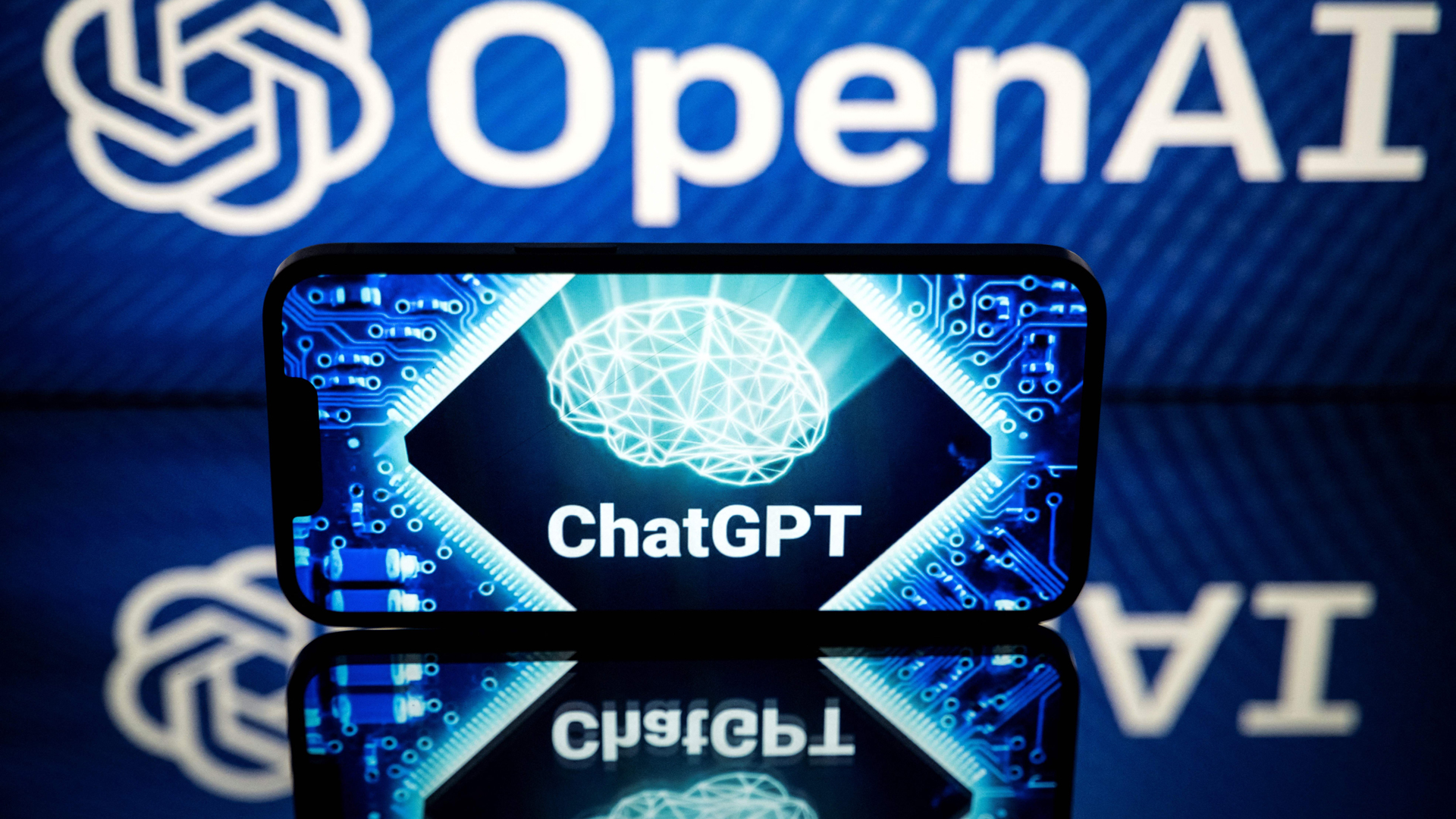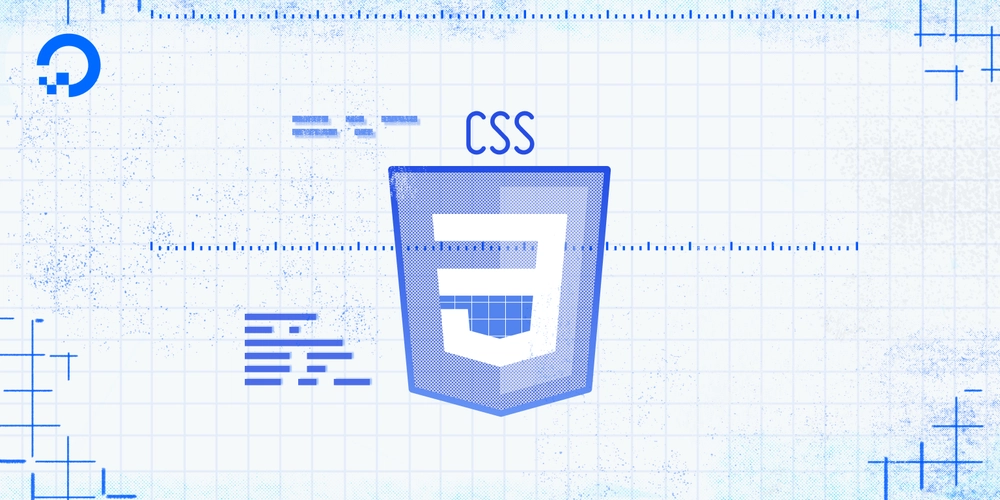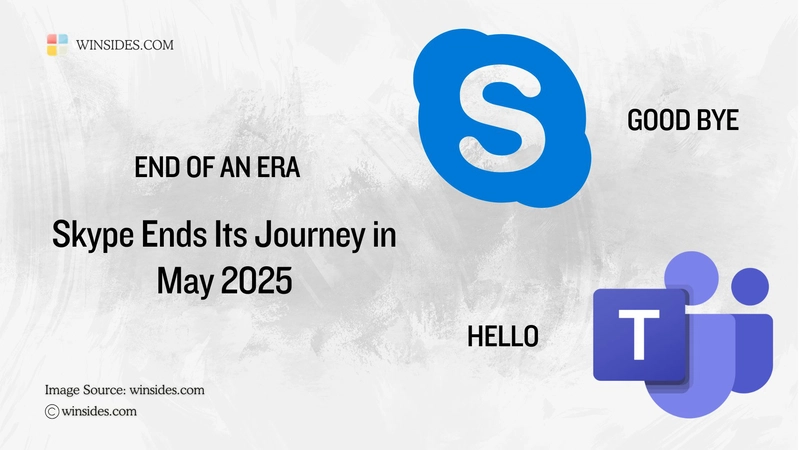Getting Started with Embedded Systems Programming
Embedded systems programming is the backbone of modern electronics. From smartwatches to washing machines, embedded systems power the intelligent functions of countless everyday devices. This guide will introduce you to the basics of embedded programming, key tools, and how to begin building your own embedded applications. What is an Embedded System? An embedded system is a computer integrated into a larger system or device, performing dedicated functions. Unlike general-purpose computers, embedded systems are designed for specific tasks, often with constraints on power, memory, and processing. Examples of Embedded Systems: Microcontrollers in home appliances Sensor-based devices (e.g., temperature sensors, motion detectors) Medical equipment Automotive control systems IoT (Internet of Things) gadgets Core Components of an Embedded System Microcontroller or Microprocessor: The brain of the embedded system (e.g., Arduino, STM32, ESP32). Memory: RAM and ROM to store instructions and data. Input/Output Interfaces: Connects to sensors, displays, motors, and communication modules. Software: Custom firmware developed for specific functions, typically in C or C++. Popular Programming Languages C: Most widely used due to its efficiency and low-level hardware access. C++: Used when object-oriented design is required. Assembly: For highly optimized or time-critical routines. MicroPython: Python for microcontrollers (e.g., ESP8266, Micro:bit). Getting Started with Embedded Programming Select Your Platform: Beginners: Arduino (easy setup, wide community support) Advanced: STM32, Raspberry Pi Pico, ESP32 Set Up Your Development Environment: Install IDEs like Arduino IDE, PlatformIO, STM32CubeIDE Download necessary drivers and board support packages Write and Upload Code: Create simple programs like blinking an LED, then expand to sensors, displays, and communication modules. Example: Blink an LED with Arduino void setup() { pinMode(13, OUTPUT); // Set pin 13 as output } void loop() { digitalWrite(13, HIGH); // Turn LED on delay(1000); // Wait for 1 second digitalWrite(13, LOW); // Turn LED off delay(1000); // Wait for 1 second } Tools and Debugging Serial Monitor: For real-time debugging and logging. Oscilloscope & Logic Analyzer: For electrical signal inspection. In-Circuit Debuggers: Like JTAG or ST-Link for low-level debugging. Best Practices Write modular and readable code. Use debouncing for physical inputs like buttons. Handle memory carefully to avoid overflows. Optimize power usage in battery-powered devices. Conclusion Embedded systems programming is both fun and powerful, offering endless possibilities for innovation in hardware and software. Whether you’re building a home automation project or diving into the world of IoT, understanding the basics of embedded programming gives you the foundation to create smart, responsive devices.

Embedded systems programming is the backbone of modern electronics. From smartwatches to washing machines, embedded systems power the intelligent functions of countless everyday devices. This guide will introduce you to the basics of embedded programming, key tools, and how to begin building your own embedded applications.
What is an Embedded System?
An embedded system is a computer integrated into a larger system or device, performing dedicated functions. Unlike general-purpose computers, embedded systems are designed for specific tasks, often with constraints on power, memory, and processing.
Examples of Embedded Systems:
- Microcontrollers in home appliances
- Sensor-based devices (e.g., temperature sensors, motion detectors)
- Medical equipment
- Automotive control systems
- IoT (Internet of Things) gadgets
Core Components of an Embedded System
- Microcontroller or Microprocessor: The brain of the embedded system (e.g., Arduino, STM32, ESP32).
- Memory: RAM and ROM to store instructions and data.
- Input/Output Interfaces: Connects to sensors, displays, motors, and communication modules.
- Software: Custom firmware developed for specific functions, typically in C or C++.
Popular Programming Languages
- C: Most widely used due to its efficiency and low-level hardware access.
- C++: Used when object-oriented design is required.
- Assembly: For highly optimized or time-critical routines.
- MicroPython: Python for microcontrollers (e.g., ESP8266, Micro:bit).
Getting Started with Embedded Programming
-
Select Your Platform:
- Beginners: Arduino (easy setup, wide community support)
- Advanced: STM32, Raspberry Pi Pico, ESP32
-
Set Up Your Development Environment:
- Install IDEs like Arduino IDE, PlatformIO, STM32CubeIDE
- Download necessary drivers and board support packages
- Write and Upload Code: Create simple programs like blinking an LED, then expand to sensors, displays, and communication modules.
Example: Blink an LED with Arduino
void setup() {
pinMode(13, OUTPUT); // Set pin 13 as output
}
void loop() {
digitalWrite(13, HIGH); // Turn LED on
delay(1000); // Wait for 1 second
digitalWrite(13, LOW); // Turn LED off
delay(1000); // Wait for 1 second
}
Tools and Debugging
- Serial Monitor: For real-time debugging and logging.
- Oscilloscope & Logic Analyzer: For electrical signal inspection.
- In-Circuit Debuggers: Like JTAG or ST-Link for low-level debugging.
Best Practices
- Write modular and readable code.
- Use debouncing for physical inputs like buttons.
- Handle memory carefully to avoid overflows.
- Optimize power usage in battery-powered devices.
Conclusion
Embedded systems programming is both fun and powerful, offering endless possibilities for innovation in hardware and software. Whether you’re building a home automation project or diving into the world of IoT, understanding the basics of embedded programming gives you the foundation to create smart, responsive devices.












































































































































































![[The AI Show Episode 144]: ChatGPT’s New Memory, Shopify CEO’s Leaked “AI First” Memo, Google Cloud Next Releases, o3 and o4-mini Coming Soon & Llama 4’s Rocky Launch](https://www.marketingaiinstitute.com/hubfs/ep%20144%20cover.png)



















































































































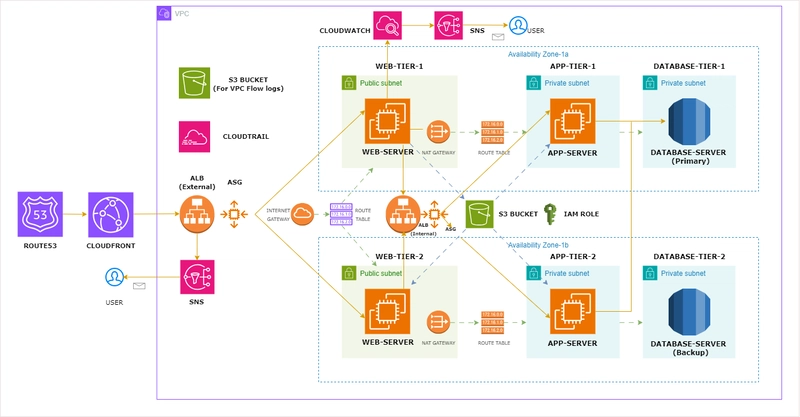




















































































![GrandChase tier list of the best characters available [April 2025]](https://media.pocketgamer.com/artwork/na-33057-1637756796/grandchase-ios-android-3rd-anniversary.jpg?#)







































































.webp?#)

















































































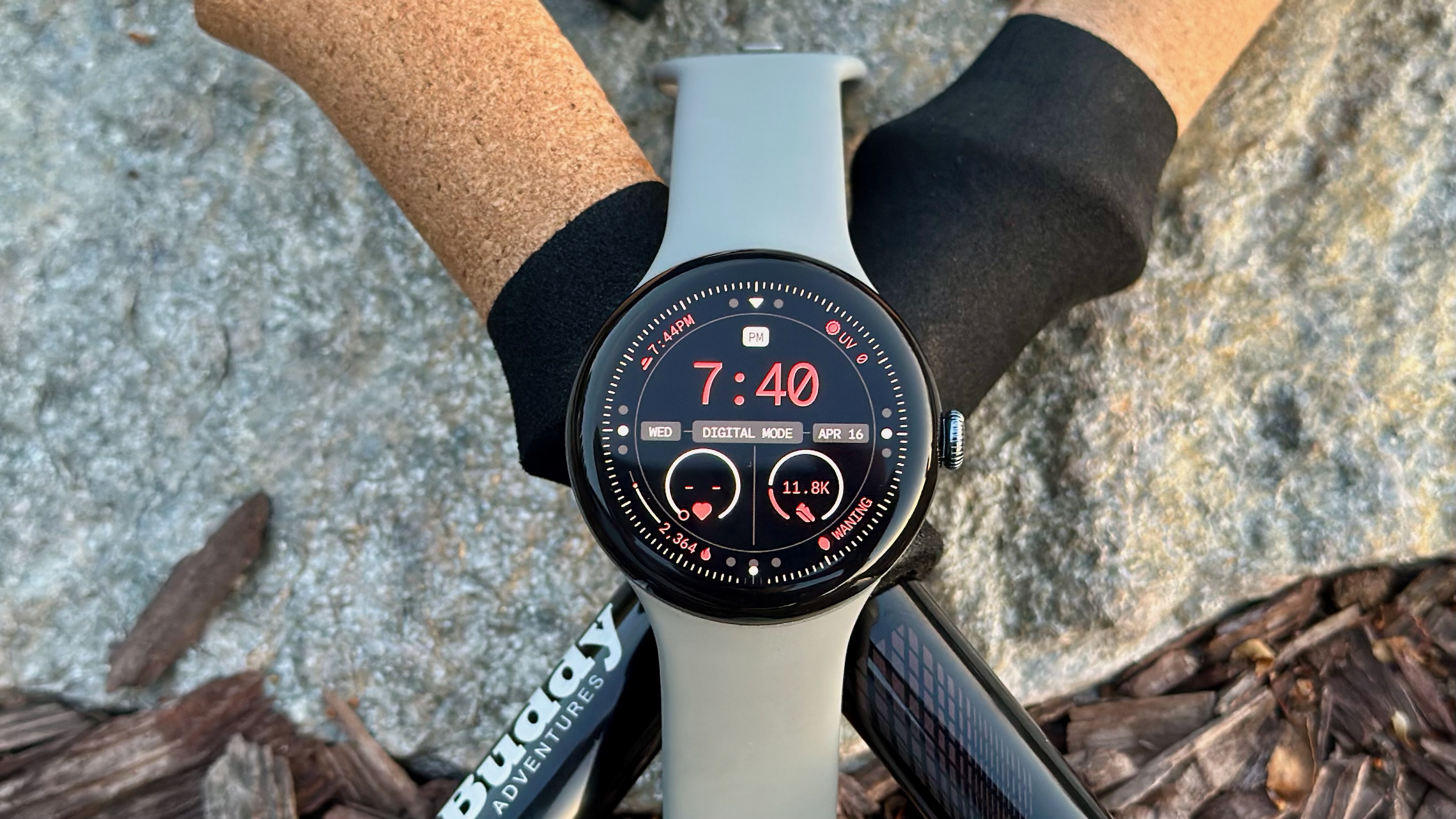



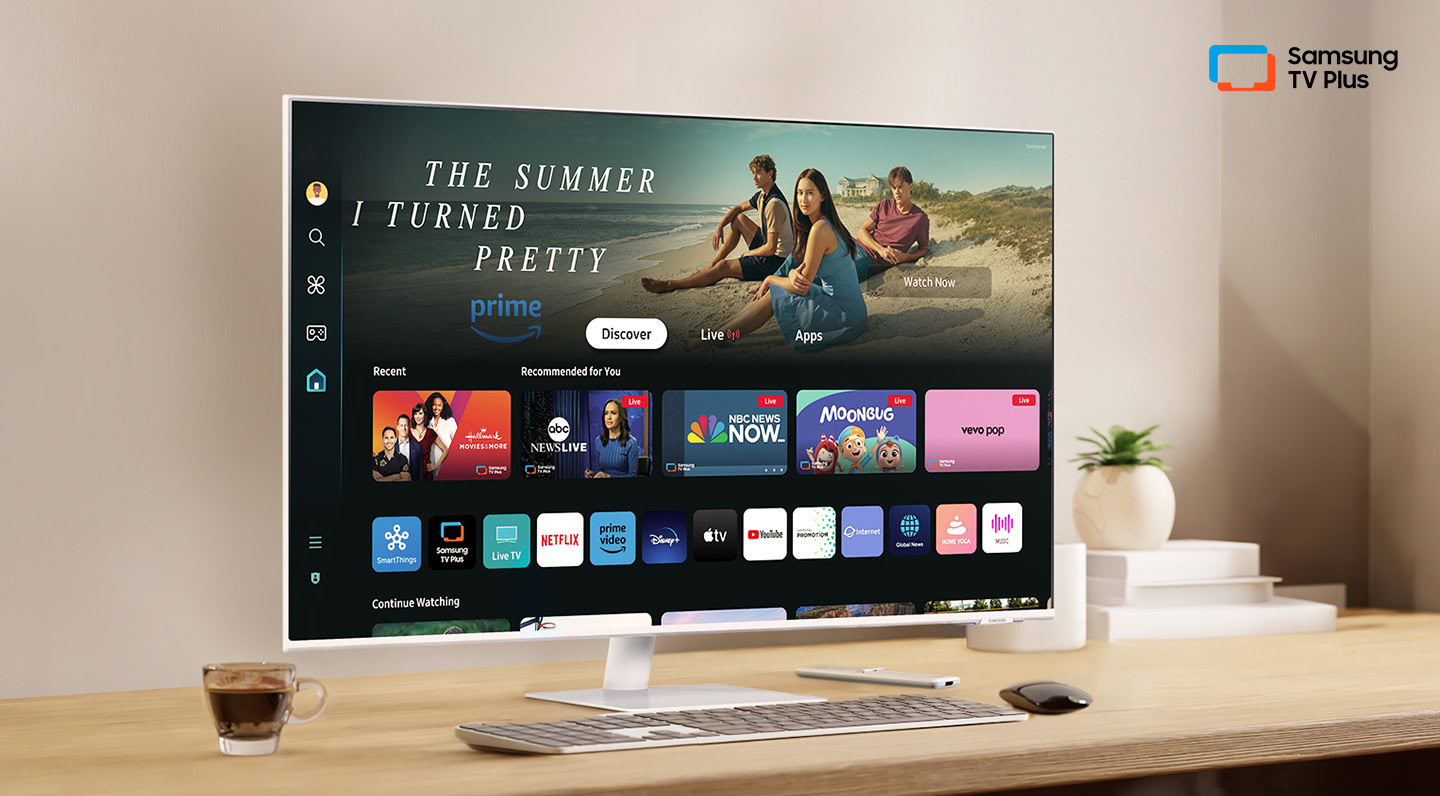
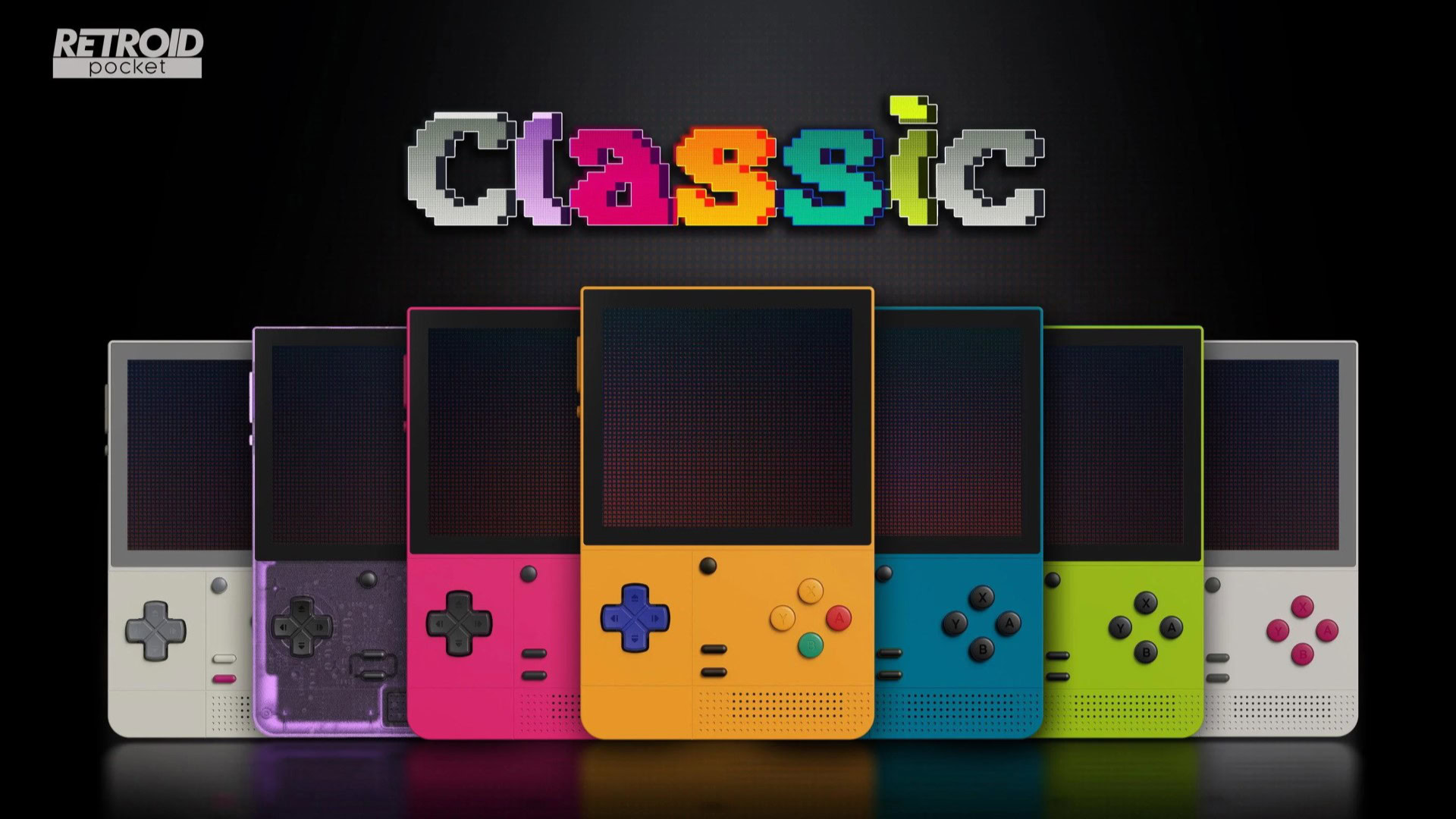
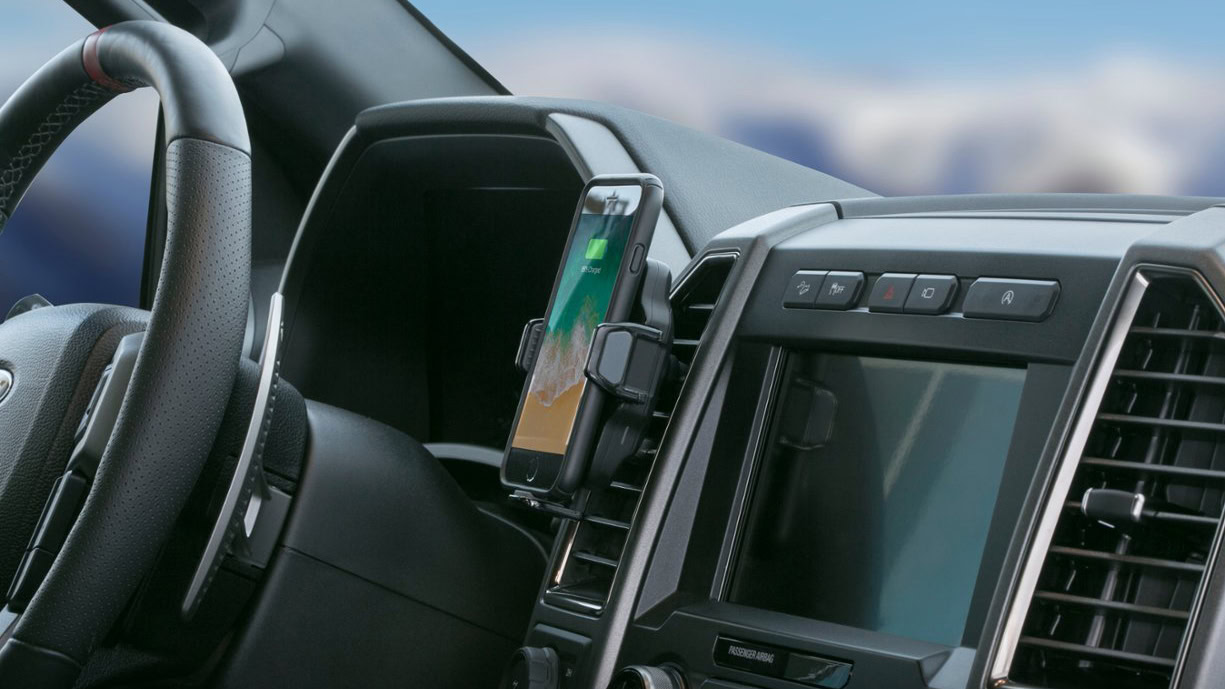







![Here’s everything new in Android 16 Beta 4 [Gallery]](https://i0.wp.com/9to5google.com/wp-content/uploads/sites/4/2024/11/Android-16-logo-top-down.jpg?resize=1200%2C628&quality=82&strip=all&ssl=1)










![New Beats USB-C Charging Cables Now Available on Amazon [Video]](https://www.iclarified.com/images/news/97060/97060/97060-640.jpg)

![Apple M4 13-inch iPad Pro On Sale for $200 Off [Deal]](https://www.iclarified.com/images/news/97056/97056/97056-640.jpg)


















